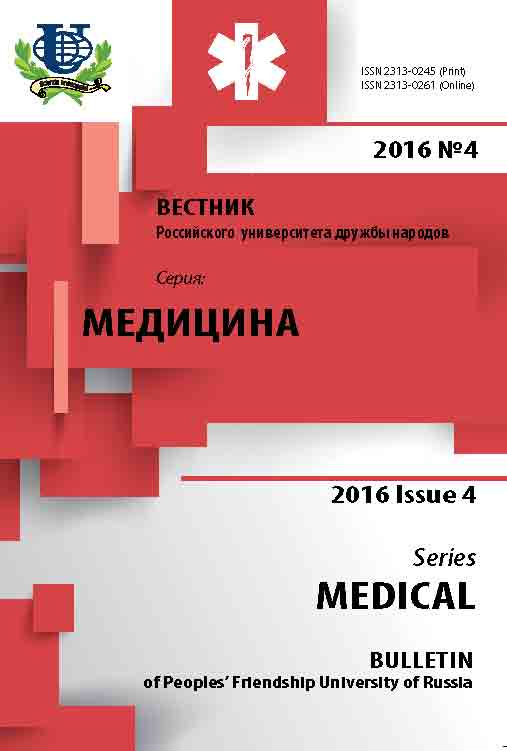Innovative technologies in pelvic fractures management
- Authors: Solod EI1, Lazarev AF2, Sagorodni NV1, Abdulchabirov MA1, Ovcharenko AV3
-
Affiliations:
- Peoples’ Friendship University of Russia
- Central Institute of traumatology and orthopedics (CYTO) them.N.N.Priorov
- Center of traumatology and orthopedics
- Issue: No 4 (2016)
- Pages: 37-46
- Section: Articles
- URL: https://journals.rudn.ru/medicine/article/view/14634
- ID: 14634
Cite item
Full Text
Abstract
Keywords
About the authors
E I Solod
Peoples’ Friendship University of Russia
Email: doctorsolod@mail.ru
Moscow, Russia
A F Lazarev
Central Institute of traumatology and orthopedics (CYTO) them.N.N.Priorov
Email: Lazarev.anatoly@gmail.com
Moscow, Russia
N V Sagorodni
Peoples’ Friendship University of Russia
Email: zagorodniy51@mail.ru
Moscow, Russia
M A Abdulchabirov
Peoples’ Friendship University of Russia
Email: Abdulkhabirov@yandex.ru
Moscow, Russia
A V Ovcharenko
Center of traumatology and orthopedics
Email: аntovcharenko@yandex.ru
Kaluga, Russia
References
Supplementary files















